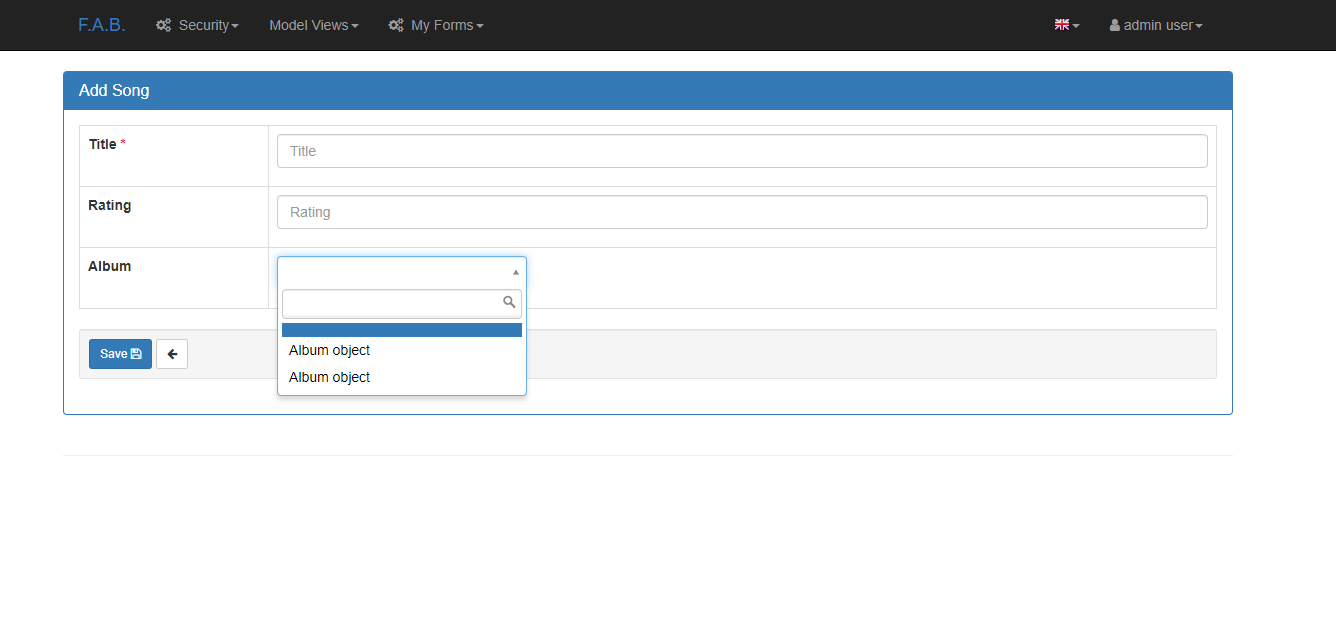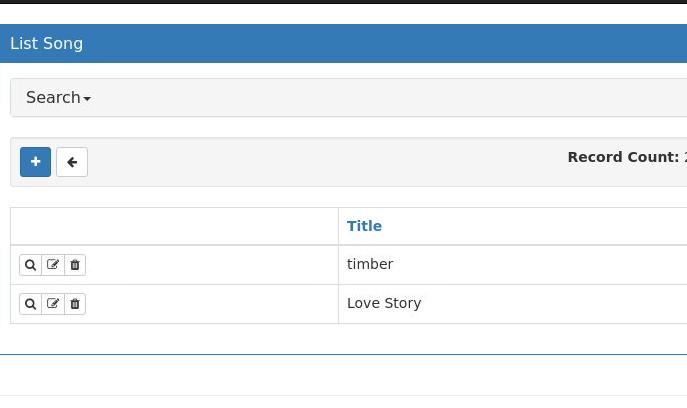
- #FLASK APP BUILDER HOW TO#
- #FLASK APP BUILDER INSTALL#
- #FLASK APP BUILDER CODE#
- #FLASK APP BUILDER FREE#
Here, you import the os module, which gives you access to miscellaneous operating system interfaces. Add the following import statements at the top of app.py:įrom flask import Flask, render_template, request, url_for, redirect This file will connect to an SQLite database called database.db, and have a class called Student that represents your database students table for storing student information, in addition to your Flask routes.
#FLASK APP BUILDER CODE#
This file will have code for setting up the database and your Flask routes: Open a file called app.py in your flask_app directory. You’ll initiate the database, create a table for students based on the model you’ll declare, and add a few students into your students table. In this step, you’ll set up your database connection, and create an SQLAlchemy database model, which is a Python class that represents the table that stores your data. Step 2 - Setting up the Database and Model With the required Python packages installed, you’ll set up the database next. Once the installation is successfully finished, you’ll see a line similar to the following at the end of the output:
#FLASK APP BUILDER INSTALL#
With your virtual environment activated, use pip to install Flask and Flask-SQLAlchemy: In this step, you’ll install the necessary packages for your application. Step 1 - Installing Flask and Flask-SQLAlchemy
#FLASK APP BUILDER HOW TO#
You can review our How To Build a Website with HTML tutorial series for background knowledge. If you are not familiar with Flask, check out How to Create Your First Web Application Using Flask and Python and How to Use Templates in a Flask Application.Īn understanding of basic HTML concepts. In this tutorial we’ll call our project directory flask_app.Īn understanding of basic Flask concepts, such as routes, view functions, and templates. Follow the tutorial for your distribution in How To Install and Set Up a Local Programming Environment for Python 3 series. PrerequisitesĪ local Python 3 programming environment. SQlite is installed on Linux systems by default, and is installed as part of the Python package on Windows. SQLite works well with Python because the Python standard library provides the sqlite3 module, which is used by SQLAlchemy behind the scenes to interact with SQLite databases without having to install anything. You’ll use SQLAlchemy with SQLite, although you can use it with other database engines too, such as PostgreSQL and MySQL. You’ll use it with Flask to perform basic tasks, such as connecting to a database server, creating a table, adding data to your table, retrieving it, and updating and deleting items from your database. In this tutorial, you’ll build a small student management system that demonstrates how to use the Flask-SQLAlchemy extension. Flask-SQLAlchemy is a Flask extension that makes using SQLAlchemy with Flask easier, providing you tools and methods to interact with your database in your Flask applications through SQLAlchemy. It also gives you an Object Relational Mapper (ORM), which allows you to make queries and handle data using simple Python objects and methods. It gives you access to the database’s SQL functionalities. It provides ways to interact with several database engines such as SQLite, MySQL, and PostgreSQL.


SQLAlchemy is an SQL toolkit that provides efficient and high-performing database access for relational databases. For example, you might not want users to add posts with no titles.įlask is a lightweight Python web framework that provides useful tools and features for creating web applications in the Python Language. The actions you perform to manipulate data will depend on specific features in your application. In a web application, these requirements might be a user adding a new post, deleting a post, or deleting their account, which may or may not delete their posts. You can add data to a database, retrieve it, modify it, or delete it, depending on different requirements and conditions.

For example, in a social media application, you have a database where user data (personal information, posts, comments, followers) is stored in a way that can be efficiently manipulated. You use a database to store and maintain persistent data that can be retrieved and manipulated efficiently. In web applications, you usually need a database, which is an organized collection of data.
#FLASK APP BUILDER FREE#
The author selected the Free and Open Source Fund to receive a donation as part of the Write for DOnations program.


 0 kommentar(er)
0 kommentar(er)
